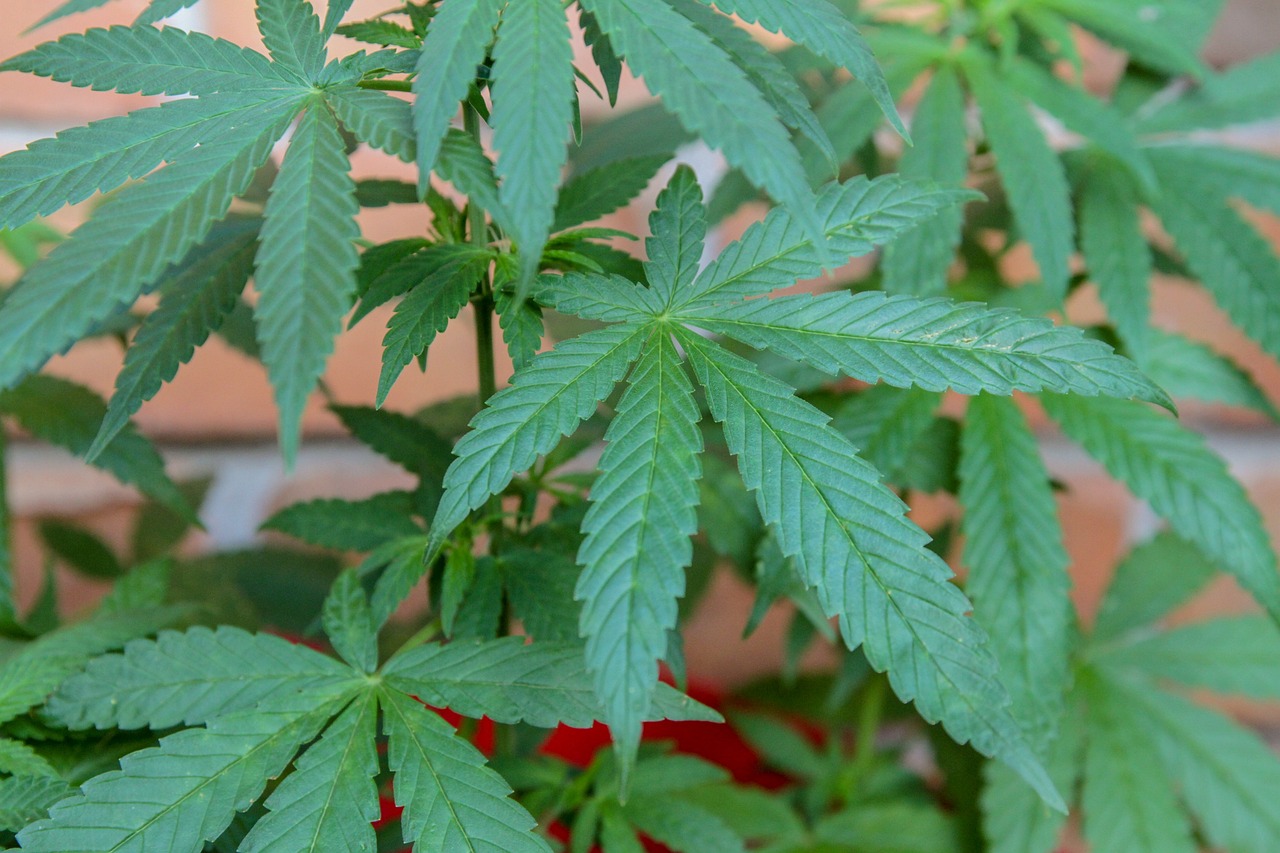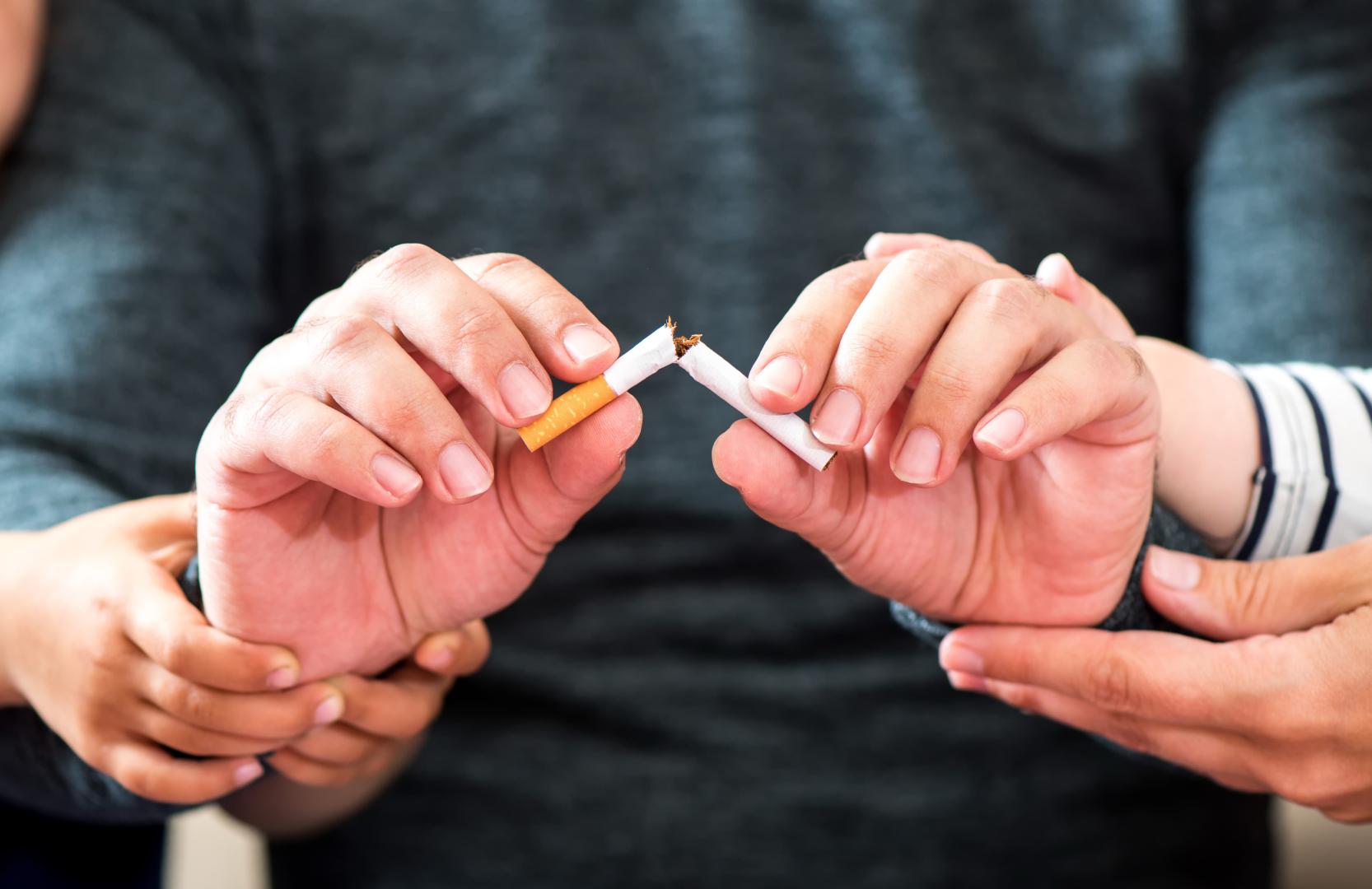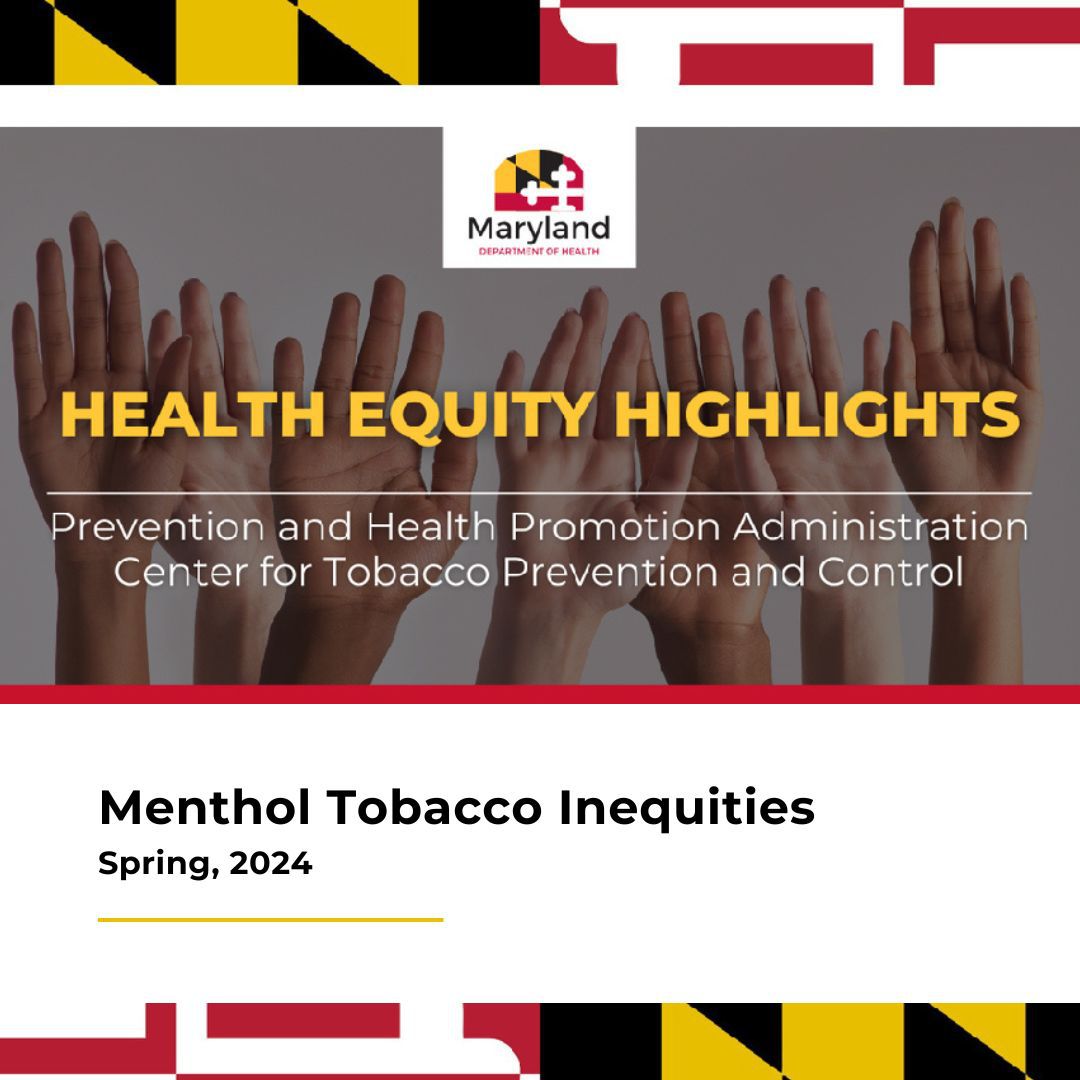Don't Quit Quitting. Every Try Counts.
Cigarette smoking and secondhand smoke exposure are the leading preventable causes of death. In Anne Arundel County, MD, one in six adults smokes, and lung cancer is the County's leading cancer killer.
Free Quit Smoking Classes & Support Programs
Sign up for a quit smoking program. People 18 or older who live, work or attend school in Anne Arundel County can get free help to quit smoking. The following programs offer free counseling and quit smoking aids. You must attend counseling sessions to receive quit smoking aids. Class details are subject to change; call the programs for updates.
Anne Arundel Community College
101 College Parkway
Health and Wellness Center
Student Union Room 120
410-777-2480 or click here
Anne Arundel Medical Center
2000 Medical Parkway
Annapolis, MD 21401
443-481-5555
Bay Community Health
Formerly Owensville Primary Care
134 Owensville Road, West River
6131 Shady Side Road, Shady Side
443-607-1432 (Behavioral Health) or 410-867-4700 (Medical)
baycommunityhealth.org
University of Maryland Baltimore Washington Medical Center
301 Hospital Drive,
Glen Burnie
410-553-8103 (Community Outreach Department) or click here
Note: this program class is on hold at the moment.
What can you do to quit or help someone you know quit smoking?
- Order a FREE Quit Smoking Kit or call the Community Education line at 410-222-7979 for information on any of the following resources.
- smokeFreeTXT messaging service
- free 24/7 Live Quit Coach
- Call or go to the Maryland Tobacco Quitline at 1-800-QUIT-NOW. Get FREE 24/7 quit smoking counseling services over the phone, by text or online. Nicotine replacement therapy is offered by mail and online support programs.
- The services below are available for teens and pregnant women also.
- Get more information on avoiding or ending tobacco use. The U.S. Department of Health and Human Services has a one-stop access site, BeTobaccoFree.gov, offering the best and most up-to-date tobacco-related information. This resource provides general information on tobacco, as well as federal and state laws and policies, health statistics and evidence-based methods on how to quit.
Health Equity Highlights
Spring 2024
Facts About Smoking and Vaping
Smoking and Death
- Smoking is the leading cause of preventable death in the United States.
- Smoking has been associated with 1 out of every 5 deaths in the U.S. each year.
- Smoking causes more than 480,000 deaths in the U.S annually.
- Smoking reduces life expectancy for smokers by at least 10 years.
- Lung cancer is the leading cause of cancer death in Anne Arundel County.
Tobacco Use and Youth
- Nearly 9 out of 10 smokers start before the age of 18 and 98% start smoking by age 26. Tobacco companies know this; they want to hook youth so they will have customers for life.
- Tobacco use among Anne Arundel County youth increases precipitously from sixth to twelfth grade.
- The percentage of current smokers in high school has decreased to 4% in 2021.
Vaping Use and Youth
- In 2021, 18% of high school youth reported being current e-vape users and 35.2% used an e-vape at least once.
- In 2021, 94% of Anne Arundel County students who used e-vape products reported using a flavoring other than tobacco flavor.
Nicotine and Vapor Products
Cigarettes
- Cigarette smoke is toxic and can cause damage to almost every organ in the body. It contains about 7,000 chemical agents, including at least 69 carcinogens.
- Light cigarettes are not safer than regular cigarettes. Switching to light cigarettes does not help smokers quit and still puts them at risk for cancer, heart disease and other smoking-related health problems.
Electronic Nicotine Delivery Systems
- Electronic Nicotine Delivery Systems (ENDS) are non-tobacco, battery-powered nicotine delivery devices. These products are also called e-cigs, vapes, vape pens, JUUL or mods. They can resemble pens, USB flash drives or traditional cigarettes. The nicotine cartridges contain other chemicals and come in a variety of flavors attractive to young people.
- E-cigarettes produce an aerosol that can contain metals (such as tin, lead and nickel), chemicals and ultrafine particles.
- JUUL is a pod-based system that resembles a USB flash drive. JUUL pods contain high levels of nicotine liquid. One single JUUL pod is equal to the amount of nicotine in a pack of 20 regular cigarettes.
- Among Anne Arundel County students, e-cigarette use is far greater than traditional cigarette use.
- Among youth, the level of perceived risk for regular e-cigarette use are substantially below those for regular cigarette use. Misleading advertising, flavors and lack of known long term effects is contributing to the level of perceived risk.
- Download the Electronic Smoking Devices, Frequently Asked Questions (FAQS) to learn more about these products.
- Check out JUULing: What Pediatricians and Families Need to Know to know facts and health concerns associated with the JUUL e-cigarette brand.

The Link Between Tobacco and Cannabis
- Youth who use e-cigarettes are three times more likely to use cannabis than those who don't.
- In 2023, it was reported by the Truth Initiative that the co-use of cannabis and tobacco is more common than using both substances by themselves among 12-17-year-olds.
- Vaping cannabis produces stronger effects than smoking cannabis and is more likely to cause negative side effects such as anxiety and paranoia.
- It has also been linked to serious lung illness in nearly 3,000 cases and at least 68 deaths.
- The Department of Health offers more cannabis facts.
Other Nicotine Products
- Chewing/smokeless tobacco is just as addictive as cigarettes. A two-can-a-week user gets as much nicotine as a pack-and-a-half-a-day smoker. Smokeless tobacco can cause cancer and there are as many as 28 different chemicals that have been identified as cancer-causing carcinogens. Chewing tobacco can also cause mouth and throat cancer.
- Cigars are not a safe alternative to cigarettes. Cigars, little cigars and flavored cigarillos contain the same addictive, toxic and carcinogenic compounds found in cigarettes. Cigar smoke contains more tar, toxins and cancer-causing substances than cigarette smoke.
- Bidis (bee-dees) are imported filter-less cigarettes that are wrapped in nonporous leaves and sold in a variety of flavors. These products contain more addictive nicotine than filtered cigarettes and can cause throat, mouth and lung cancer.
- “Natural” or flavored nicotine products promoted by tobacco companies are not safe. These are just as addictive and deadly as other nicotine products. The Food and Drug Administration has banned flavored cigarettes, but not other flavored nicotine products, such as smokeless tobacco and cigars.
- Hookah is a single or multi-stemmed instrument used to smoke a type of tobacco called shisha that is very moist and is often soaked in honey, molasses, fruit or other sweet flavors. Hookah can cause many of the same health risks as smoking cigarettes and should not be considered a safer alternative.
Food and Drug Administration (FDA) Deeming Rule
As of August 8, 2016, e-cigarettes, all cigars, hookah, pipe tobacco, nicotine gel and dissolvables (which is a type of smokeless tobacco) are now regulated under the FDA. The ruling will help to decrease the number of young people who start to use these products and help educate consumers. In 2019, the FDA released new steps to prevent youth access to these products. To stay up-to-date on regulations, go to the FDA’s products, guidance and regulations page.


